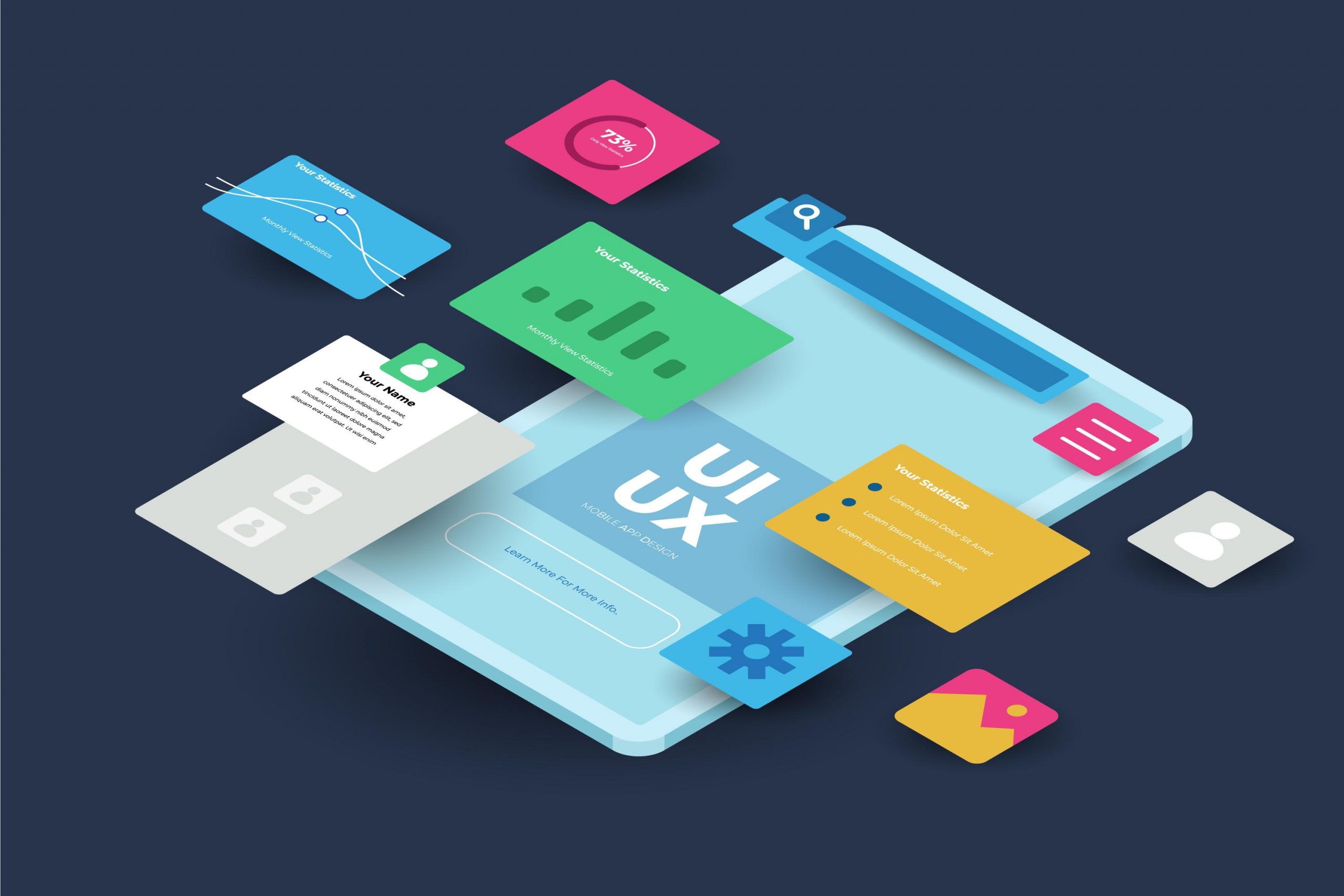Mobile app prototyping is an essential part of the development process, allowing designers and developers to visualize the app’s functionality, design, and flow before moving to the coding stage. By using the right tools and techniques, you can save time, minimize errors, and ensure your app meets user expectations. In this post, we’ll explore the best tools and techniques for effective mobile app prototyping.
1. Why Mobile App Prototyping is Crucial
The first step in any successful app development process is app prototyping. This stage allows you to create a visual representation of your app’s layout and functionality. By doing this, you can identify potential issues early, gather user feedback, and make necessary adjustments before the final development phase.
2. Popular Tools for Mobile App Prototyping
When it comes to app prototyping, selecting the right tools can streamline your workflow. Some of the top tools include:
- Figma: Figma is a cloud-based design tool that offers real-time collaboration and powerful prototyping features.
- InVision: InVision allows designers to create interactive prototypes and share them with stakeholders for feedback.
- Adobe XD: Adobe XD provides a comprehensive platform for both UI/UX design and prototyping, making it a go-to tool for designers.
Using these tools, you can create high-fidelity prototypes that closely resemble the final app, making it easier to test user experience and functionality.
3. Techniques to Enhance Mobile App Prototyping
To make the most of mobile app prototyping, consider incorporating the following techniques:
- User Testing: Before finalizing your prototype, conduct user testing to ensure it meets user expectations. Collect feedback and iterate on your design to improve functionality and user experience.
- Wireframing: Start with low-fidelity wireframes to map out the app’s basic structure. This gives you a clear vision of the app’s layout without getting caught up in design details.
- Interactive Prototypes: Use interactive elements in your prototype to simulate real app interactions. This can help you understand how users will navigate through your app.
4. The Benefits of Prototyping Before Development
Prototyping helps avoid costly mistakes during the development process. App prototyping allows developers to test out ideas and make changes before investing time in coding. Additionally, it enables communication between developers, designers, and stakeholders, ensuring that everyone is aligned on the project’s goals. For more insights into improving your app development process, visit Bedots.
Conclusion
Mobile app prototyping is a vital step in creating user-friendly, functional apps. By using tools like Figma, InVision, and Adobe XD, and applying key techniques such as user testing and wireframing, you can create a seamless development process. Learn more about enhancing your mobile app projects at Bedots.
Read more: Top Mobile UI Design Trends for 2025



